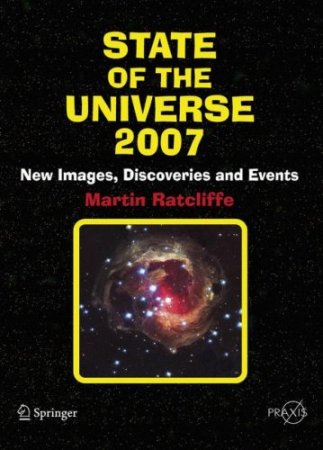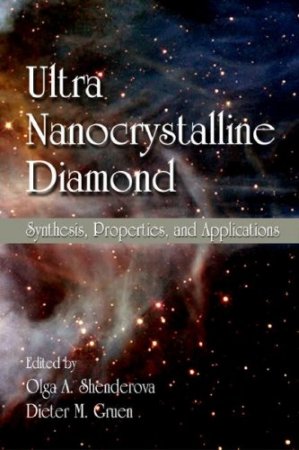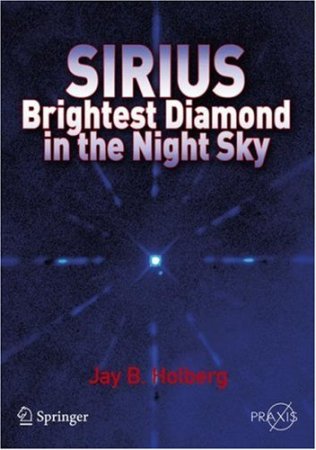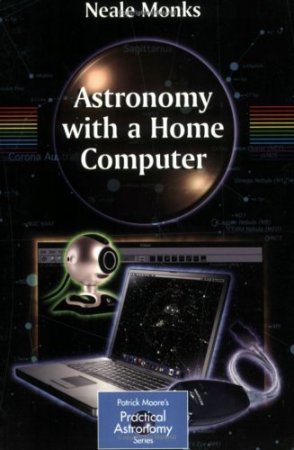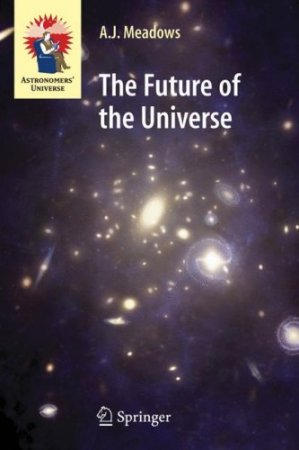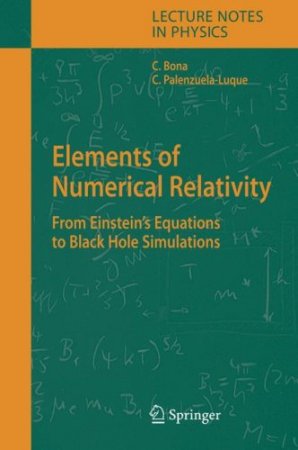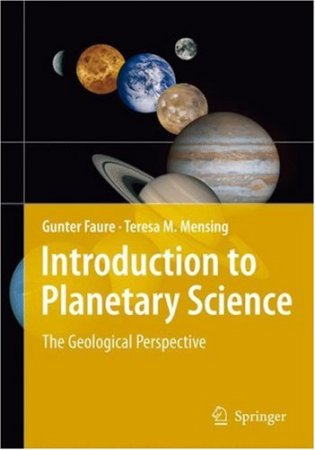НавигацияАрхив новостейСтатистика |
Ultrananocrystalline Diamond: Synthesis, Properties, and ApplicationsUltra-Nanocrystalline Diamond: Syntheses, Properties, and Applications is a unique practical reference handbook that brings together the basic science of nanoscale carbon structures, particularly its diamond phase, with detailed information on nanodiamond synthesis, properties, and applications. Here you will learn about UNCD in its two forms, as a dispersed powder made by detonation techniques and as a chemical vapor deposited film. You will also learn about the superior mechanical, tribological, transport, electrochemical, and electron emission properties of UNCD for a wide range of applications including MEMS, NEMS, surface acoustic wave (SAW) devices, electrochemical sensors, coatings for field emission arrays, photonic and RF switching, biosensors, and neural prostheses, and more. Sirius: Brightest Diamond in the Night SkyOf all the fixed stars in the night sky, Sirius is by far the brightest – almost twice as bright as its nearest rival, the star Canopus, which lies too far south to be viewed from most of the Northern Hemisphere. Only the Sun, Moon and the planets Venus, Jupiter and, at times, Mars, appear brighter. Sirius, with its flashing brilliance, is a striking feature of the northern winter sky and has understandably drawn the attention of observers of the night sky for thousands of years. Celestial Mechanics: The Waltz of the PlanetsThe common perception of Celestial Mechanics is that of a discipline which needs advanced mathematics and astronomy to be understood. Yet modern Celestial Mechanics has a rather different taste and a truly interdisciplinary nature. The number of celestial objects known to mankind has dramatically increased, the long-awaited presence of extrasolar planets has been eventually detected around other stars, spaceflight dynamics has brought new applications encompassing rocked dynamics, the place-in-orbit of artificial satellites and interplanetary mission design. Solar System exploration has grown as a long term strategy for the construction of a permanent base on the Moon and a manned mission to Mars. Astronomical Image and Data AnalysisWith information and scale as central themes, this comprehensive survey explains how to handle real problems in astronomical data analysis using a modern arsenal of powerful techniques. It treats those innovative methods of image, signal, and data processing that are proving to be both effective and widely relevant. The authors are leaders in this rapidly developing field and draw upon decades of experience. They have been playing leading roles in international projects such as the Virtual Observatory and the Grid. Astronomy with a Home ComputerHere is a one-volume guide to just about everything computer-related for amateur astronomers! Today’s amateur astronomy is inextricably linked to personal computers. Computer-controlled "go-to" telescopes are inexpensive. CCD and webcam imaging make intensive use of the technology for capturing and processing images. Planetarium software provides information and an easy interface for telescopes. The Internet offers links to other astronomers, information, and software. The list goes on and on. Find out here how to choose the best planetarium program: are commercial versions really better than freeware? Learn how to optimise a go-to telescope, or connect it to a lap-top. Discover how to choose the best webcam and use it with your telescope. Create a mosaic of the Moon, or high-resolution images of the planets... Astronomy with a Home Computer is designed for every amateur astronomer who owns a home computer, whether it is running Microsoft Windows, Mac O/S or Linux. It doesn’t matter what kind of telescope you own either - a small refractor is just as useful as a big "go-to" SCT for most of the projects in this book. A Companion to Astronomy and Astrophysics: Chronology and Glossary with Data TablesAstronomy and Astrophysics is a comprehensive, fundamental, up-to-date reference book. It is filled with vital information and basic facts for amateur astronomers and professional astrophysicists, and for anyone interested in the Universe, from the Earth and other planets to the stars, galaxies and beyond. Although serious and thorough, the language, and ideas will attract the general reader, as well as students and professionals. The Future of the UniverseThere are many books that describe what we know of the past of the Universe, beginning with the Big Bang. But what of its future? It is only in recent years that astronomers and cosmologists have come to any kind of consensus about the probable history of the universe, so have been relatively few books speculating about its future evolution. What will happen to the Earth and solar system? What about our galaxy? Indeed, how long will the universe as we recognize it survive? The Future of the Universe takes the reader on a journey through space and time, beginning with a long look at the Earth and solar system, voyaging to the outermost galaxies, and finishing with speculations about the life and fate of the entire universe. Elements of Numerical Relativity: From Einstein`s Equations to Black Hole SimulationsSpurred by the current development of numerous large-scale projects for detecting gravitational radiation, with the aim to open a completely new window to the observable Universe, numerical relativity has become a major field of research over the past years. Indeed, numerical relativity is the standard approach when studying potential sources of gravitational waves, where strong fields and relativistic velocities are part of any physical scenario. This book can be considered a primer for both graduate students and non-specialist researchers wishing to enter the field. Starting from the most basic insights and aspects of numerical relativity, Elements of Numerical Relativity develops coherent guidelines for the reliable and convenient selection of each of the following key aspects: evolution formalism, gauge, initial and boundary conditions as well as various numerical algorithms. The tests and applications proposed in this book can be performed on a standard PC. Introduction to Planetary Science: The Geological PerspectiveThis textbook is intended to be used in a lecture course for college students majoring in Earth Sciences. Planetary science provides an opportunity for these students to apply a wide range of subject matter pertaining to the Earth to the study of other planets and their principal satellites. In this way, planetary science tends to unify subjects in the Earth Sciences that are traditionally taught separately. Therefore, planetary science is well-suited to be taught as a capstone course for senior undergraduates in geology departments and as an introduction to the solar system in astronomy departments. Both groups of students will benefit because planetary science bridges the gap between geology and astronomy and it prepares geologists and astronomers to participate actively in the on-going exploration of the solar system. |
ПопулярноеКалендарь
ОпросОцените дизайн сайта
Немного рекламы |
|||||||||||||||||||||||||||||||||||||||||||||||||
